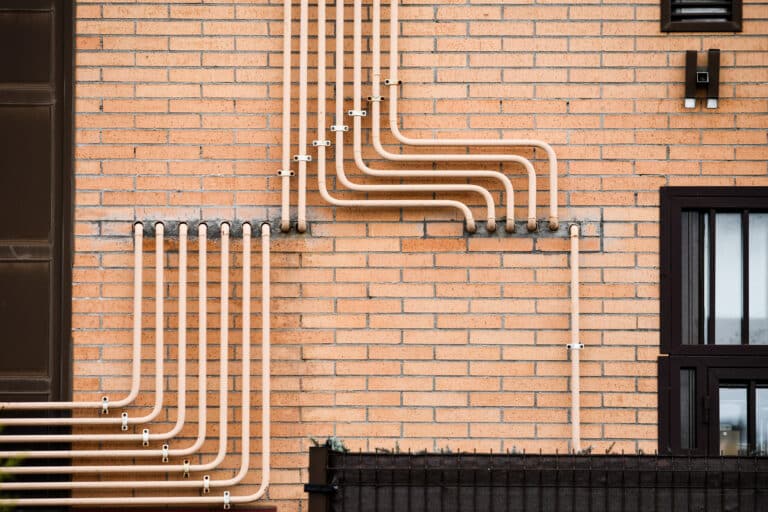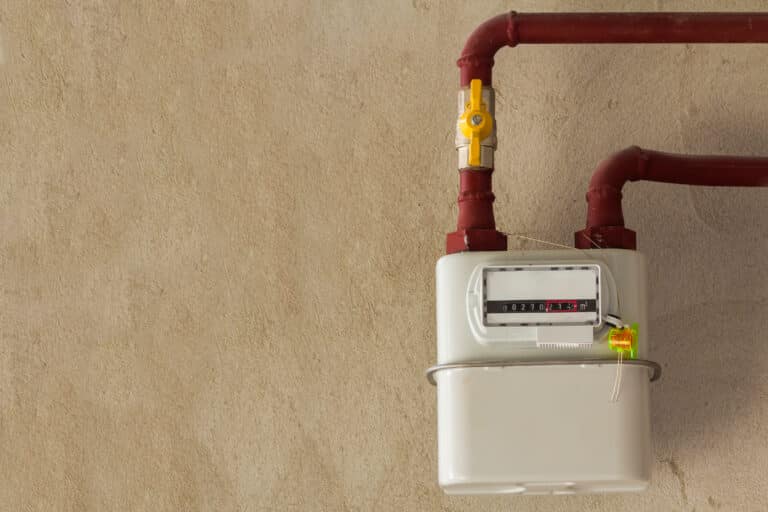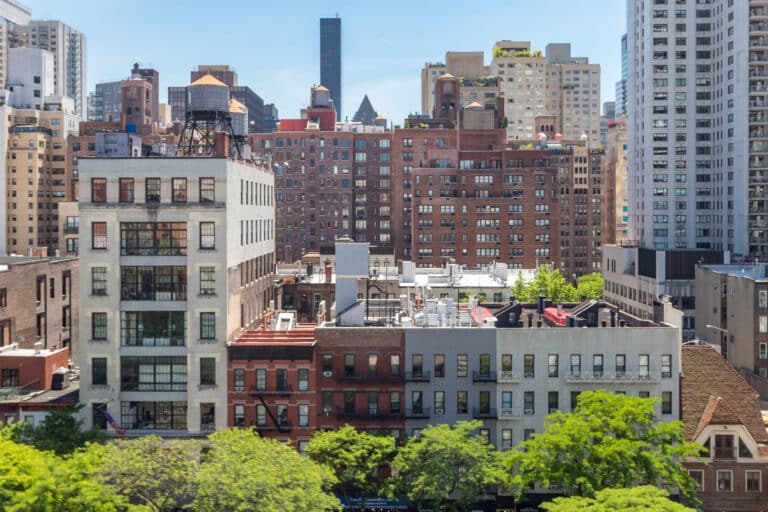With Local Law 152 of 2016, New York City took an important step in protecting its citizens. LL152 mandates a regular inspection of exposed gas pipes in buildings throughout the city. Ensuring the safety and regular maintenance of this natural gas infrastructure can prevent dangerous gas leaks and other hazards.
What is an LL152 Inspection?
In an LL152 gas piping inspection, a certified inspector (either an N.Y.C. Licensed Master Plumber (LMP) or a trained inspector working under an LMP) will perform a visual examination of the exposed gas piping in the common areas of the building. While they do not enter residences, they check the exposed pipes from the point of entry and at locations such as gas meters, hallways, mechanical rooms, and boiler rooms.
The inspector looks for a variety of potential problems during the inspection. Gas leaks are one of the largest concerns and call for immediate attention. Additional problems include illegal connections, excessive corrosion, broken equipment, and improper installations.
After a successful inspection, the LMP submits the GPS-2 certification to the Department of Buildings (DOB) indicating the building has no conditions requiring correction. If there are conditions requiring correction, the plumber can request up to 180 days of additional time to have the conditions resolved.
LL152 Inspection Frequency
Local Law 152 mandates an inspection of all qualified buildings every four years and the inspection must be done on the cycle year it falls under. This timing acknowledges that gas infrastructure tends to be stable, so an annual inspection would create an unnecessary burden for building owners and property managers. However, it is critical that buildings receive the inspection on schedule to avoid fines. The city can assess a $5,000 civil penalty for properties that fail to comply with the law.
Determining Your LL152 Inspection Schedule
The first round of LL152 inspections began in 2020 and will repeat every four years. The city determines a building’s place on the schedule by its community district. Building owners can only schedule inspections for buildings in their allotted year even if they own properties in more than one community district.
Each of the five boroughs breaks down into several community districts. It is the district number that factors into scheduling an inspection. If you are uncertain as to the district of your building, you can look it up in the DOB Building Information System. The current four-year cycle breaks down as follows:
| Community Districts | Subcycle | Year |
| 1, 3, 10 | A | 2024 |
| 2, 5, 7, 13, 18 | B | 2025 |
| 4, 6, 8, 9, 16 | C | 2026 |
| 11, 12, 14, 15, 17 | D | 2027 |
Property owners have the full calendar year to obtain an inspection. However, waiting until the last minute is not advisable as many LMPs find their bookings fill up in the last few months. This became a major issue in November and December of 2023 when building owners experienced a hard time finding a plumber who could conduct their inspection due to the increased demand rush that went on after the Department of Buildings sent out email notices to all building owners who did not have their inspection done.
New Buildings
New buildings are a small exception to the inspection protocol. Because they require a thorough inspection to receive approval for occupation, new construction buildings are exempt from the LL152 cycle for 10 years. At the end of a decade, they must receive an initial inspection and then go into the regular LL152 schedule.
Scheduling a Local Law 152 Gas Piping Inspection
If you have questions about the LL152 inspection process, contacting a qualified LMP is a wise place to start. The experts at HBNY Plumbing & Heating are happy to help you determine if your building requires an inspection and where you fall in the four-year cycle. Once we determine it is time for your next LL152 inspection, we will streamline the process to ensure you stay in compliance with the local law. Feel free to contact us to get the process started.





